Traditions and Heritage
selected photographs
What maybe comes to most people’s minds are Asian cities as a mix of traditional and modern (a contested dichotomy to be true) in terms of both the built environment and practices/urban life (for example in terms of religious practices). The photographs also show this. But history and heritage are complex, they include domestic/local as well as colonial history, and heritage need not be all that distant. The artefacts and building of communism, still a lived reality in China, are thus part of recent history.
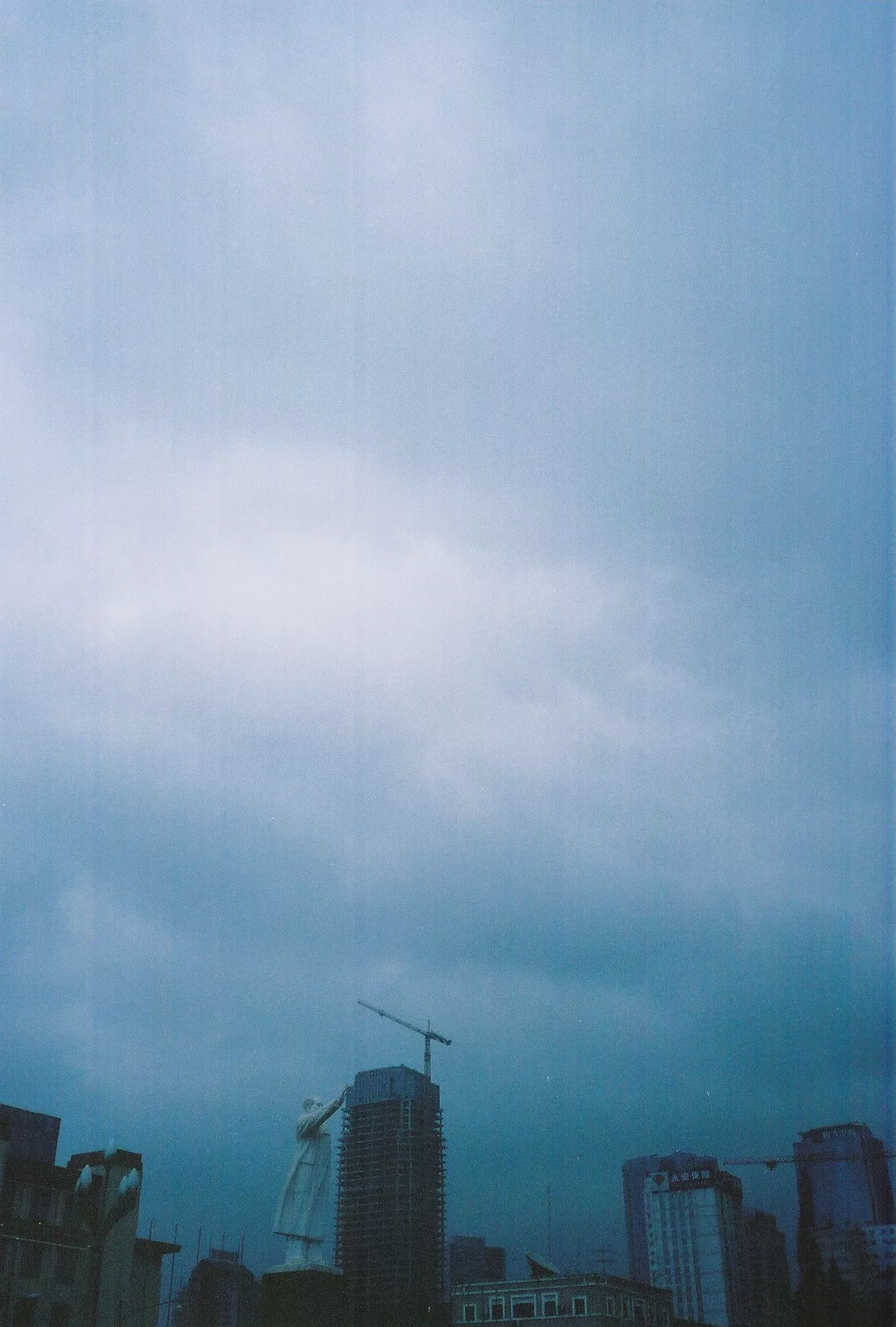
Forced perspective
Sightlines influence experience of a place. The picture portrays constant flux of a sightline and explores how monument sites, initially designed to evoke certain emotions, are subject to temporality of urban landscape.
Photograhper: Karolina Potoczniak
Location: Chengdu, China
Category winner: The winning photo shows a statue of Mao Zedong (still very common in most cities) almost touching some new high rises under construction. The photo reveal the contrast, some would say, the contradiction, between communism under Mao and the capitalist development during the reform period. Of course in official rhetoric this is described as socialism with Chinese characteristics. The photos dramatic angle, and the dark quite haunting sky, strengthens the photos powerful and maybe ambivalent message. It has an almost dystopian atmosphere. Is the darkening sky showing pollution or is the dark sky falling down on Mao and his ideological vision? The photo thus raises questions both of the ideological and economic changes in China, and in particular its rapid urbanisation. As the photographer herself says, the photo also shows the temporality of the urban landscape where sites from different time periods co-exist.
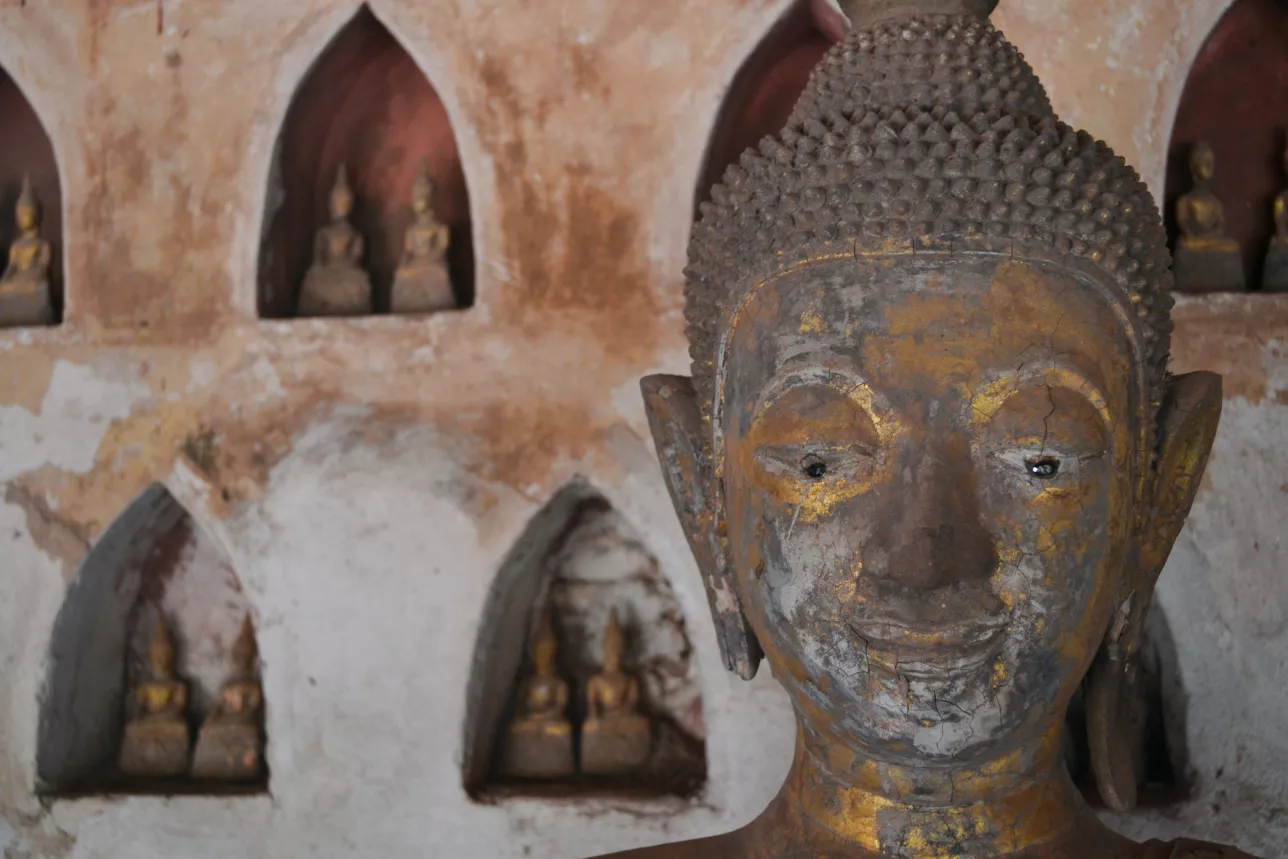
Vientiane
This picture was taken in one of Vientiane’s most famous heritage sites, the Wat Si Saket temple. Wat Si Saket is the oldest temple of the capital of Laos and houses more than 10 000 Buddha statues and images as well as ancient murals.
Photograhper: Lena Germscheid
Location: Vientiane, Laos
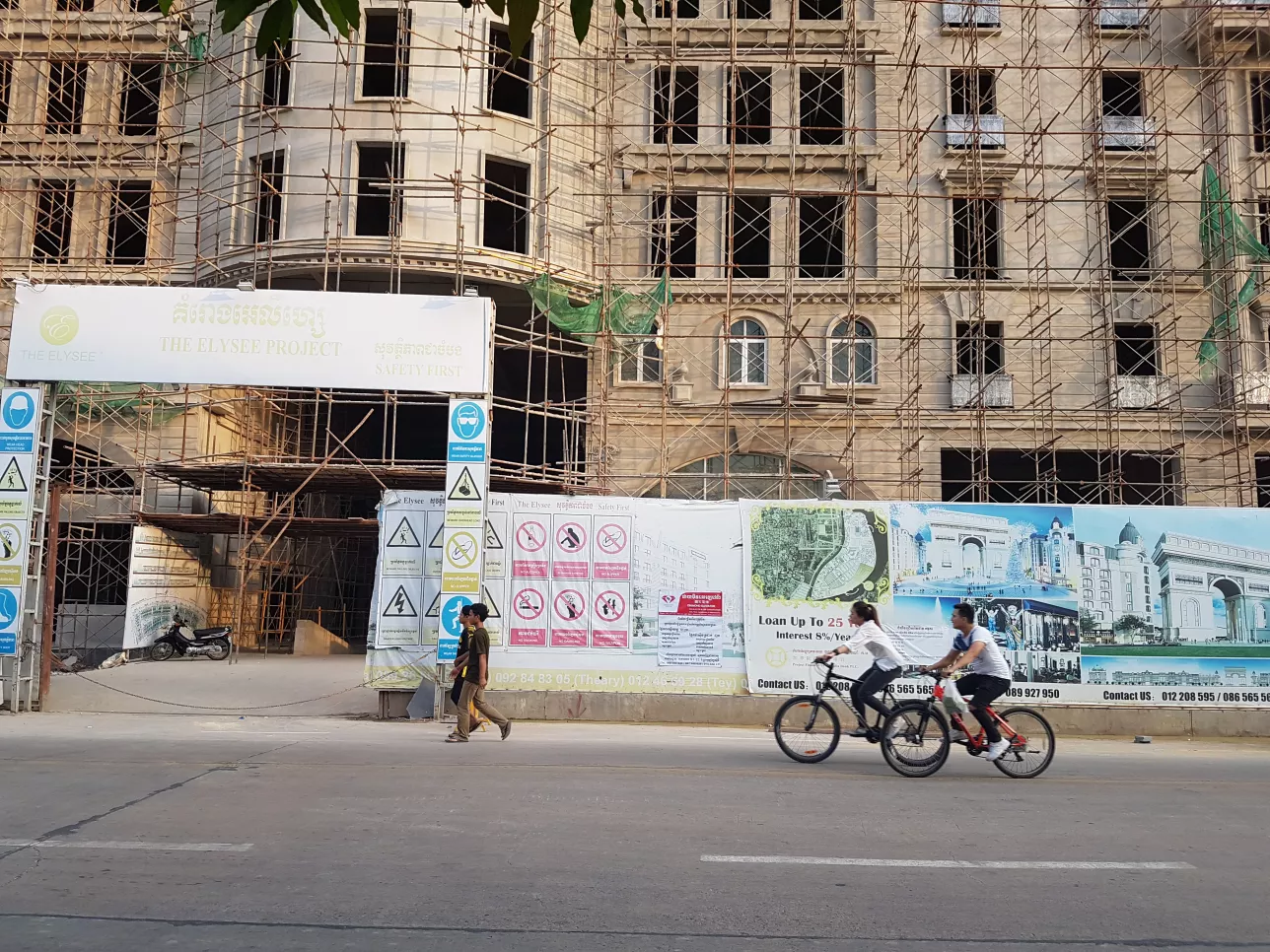
A Chinese heritage in Cambodia
Local construction workers, Chinese residents, and their massive "development" projects with a desire for the Elysee design on the Diamond Island, Phnom Penh
Photograhper: Kulkaew Kowattanawaranon
Location: Phnom Penh, Cambodia
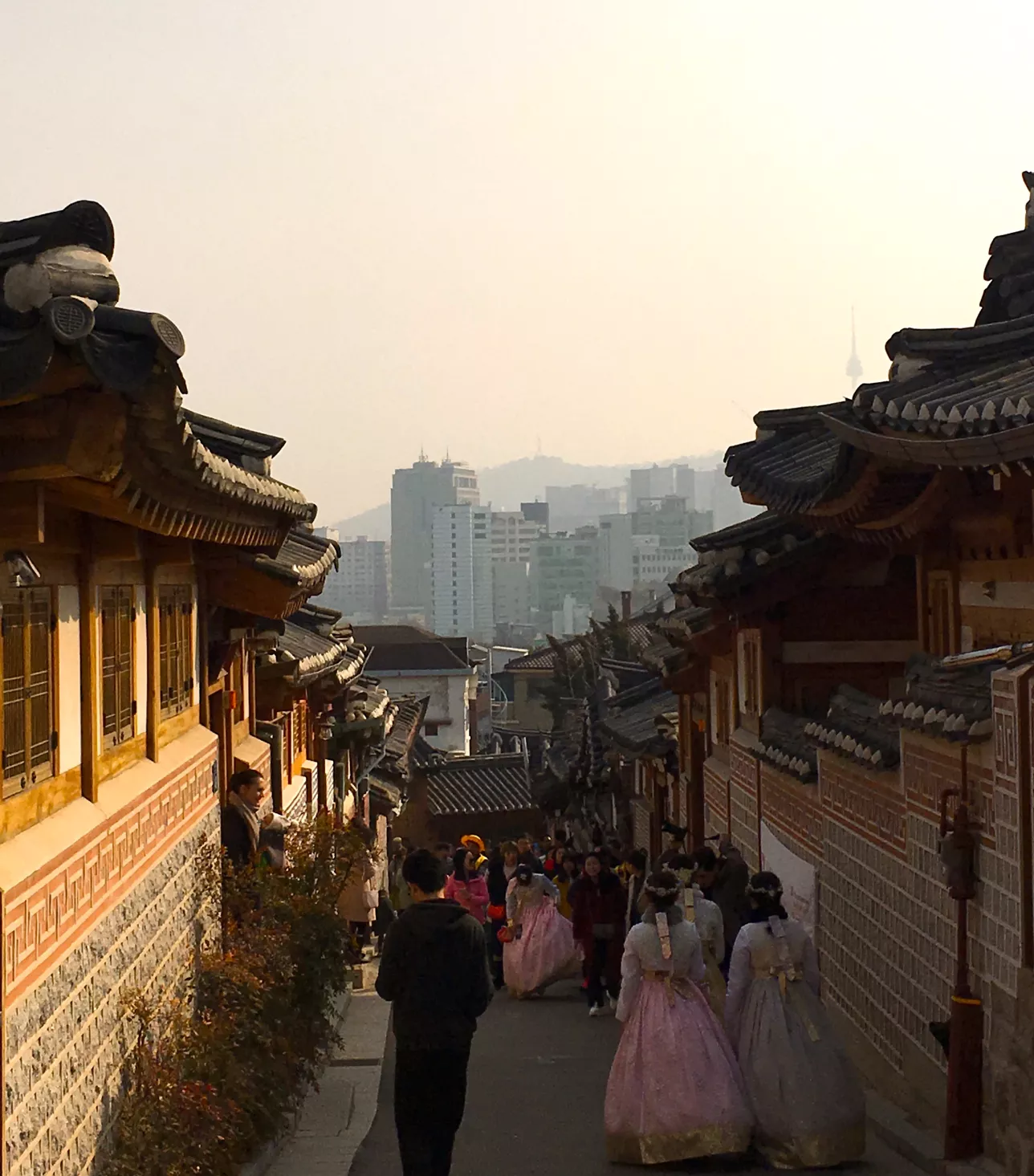
Past and present
Foreigners are allowed to wear the traditional Korean costume, Hanbok, and take selfies in front of the historical places. This view from Hanok Village in Seoul captures the contrast and interplay between the past and present in contemporary Korea.
Photograhper: Ella Holttinen
Location: Seoul, South Korea
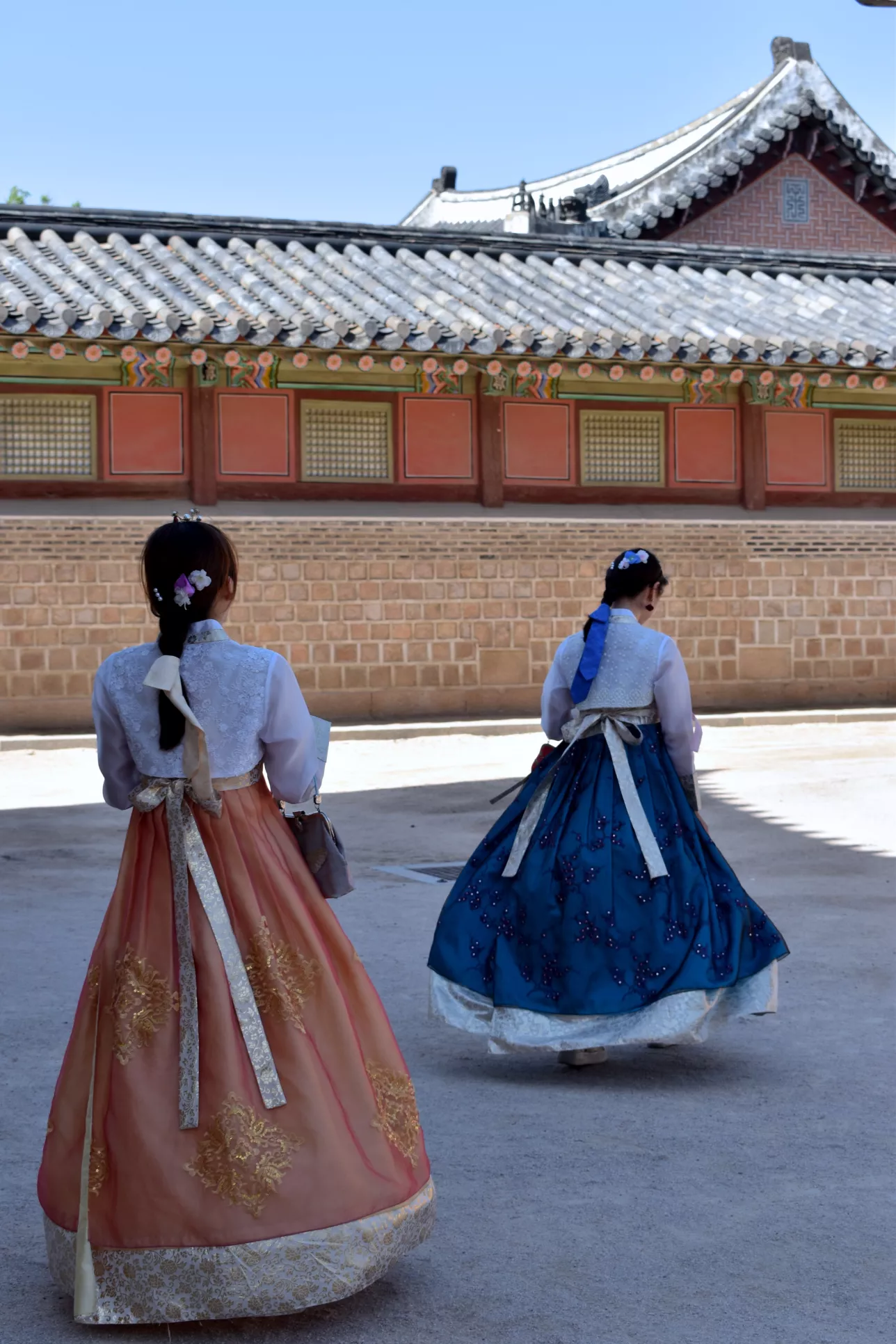
A stroll back in time
Chinese tourists wear traditional Korean outfit (hanbok) for a walk in the well-preserved palace.
Photograhper: Alice Schneider
Location: Seoul, South Korea

